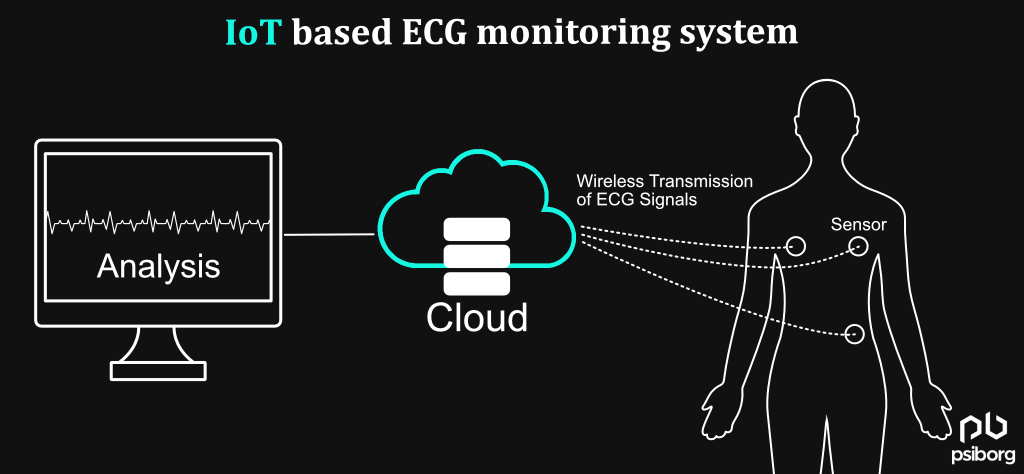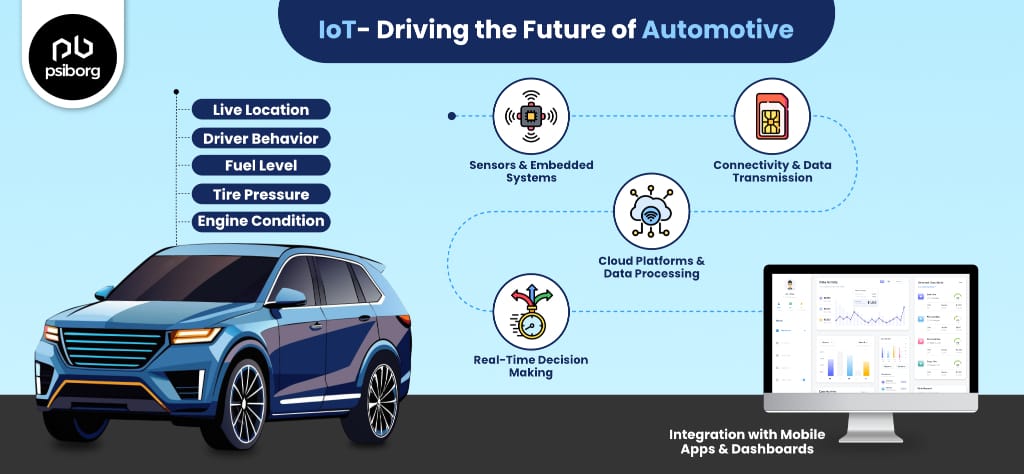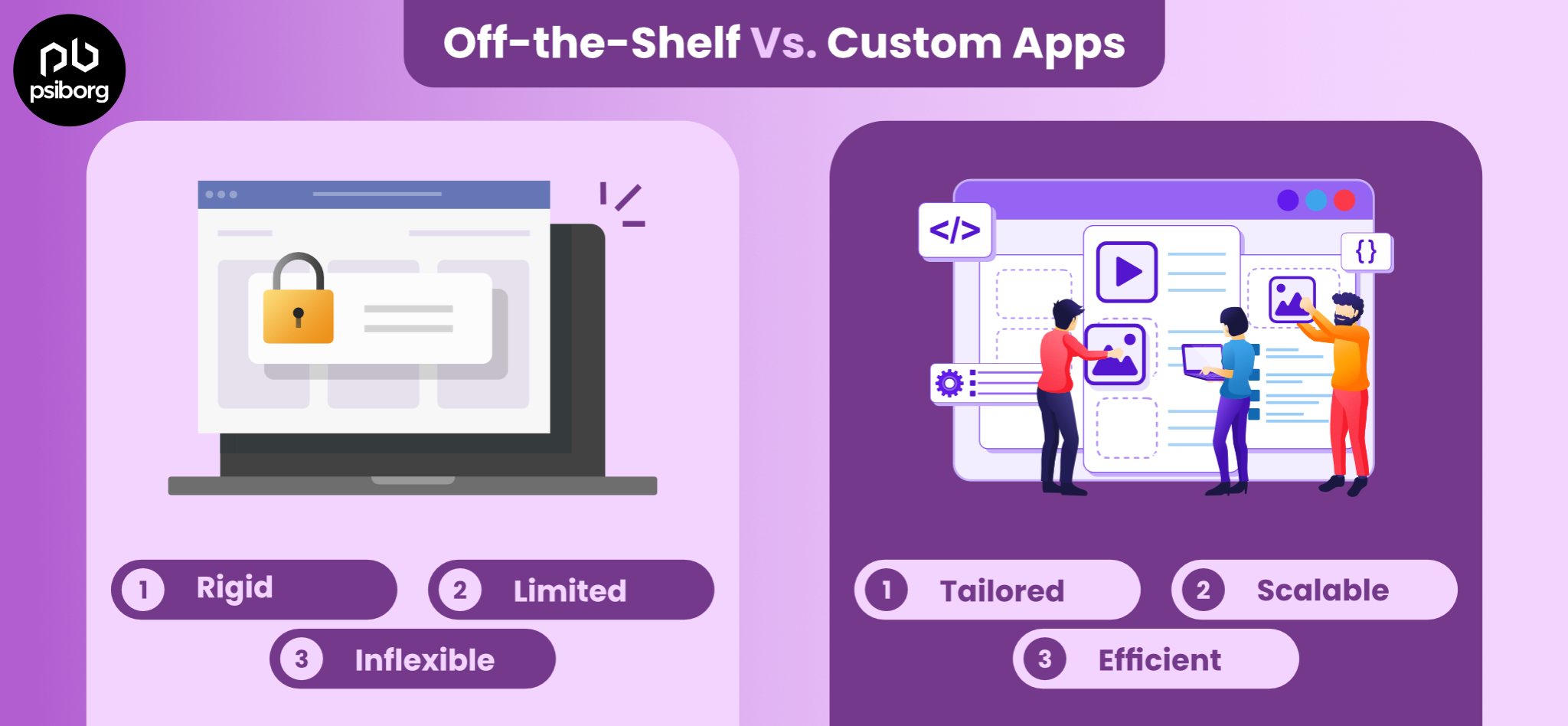There was recent news about a cardiologist who performed 300+ successful heart operations and died of a heart attack.
Heart attacks are no longer associated with old-age people; even young people these days are getting heart attacks.
Our busy daily schedules give us little to no time to work on our bodies’ health. I’m sure many of you reading this blog don’t remember the last time you visited the hospital for a monthly body checkup.
But, as they say- technology has an answer to all problems.
And here, with technology, we obviously mean IoT.
Yes, we are talking about IoT in the health sector.
There are already various “machine-2-machine” (M2M) solutions working in the healthcare sector, like cholesterol level and blood pressure measuring devices.
In the field of health and medicine, IoT is used to unify two main fields- first, the monitoring of the patient, and second, the controlling of the environment.
Today, we will talk about the monitoring part. More specifically, IoT based ECG monitoring system with the help of a wireless sensor network.
ECG MONITORING AND WIRELESS COMMUNICATION
ECG stands for electrocardiogram, and it is a device that detects heart disease abnormalities. Strokes and heart attacks are the most common cardiovascular diseases (CVDs), and thus they require continuous monitoring.
According to the latest study, CVD is the leading cause of death globally, taking around 17.9 million lives each year.
The ECG device is a non-invasive monitor that evaluates the electrical activities of the heart.
Now, there are clinical ECG devices that are used for short-term monitoring, but they are often large, and the electrodes attached to the device lessen the mobility of the wearer.
However, for long-term monitoring, a portable cardiotachometer can be used to monitor heart arrhythmias.
Lately, wireless ECG monitoring systems have been developed. Bluetooth and wireless sensors are the main wireless transmission protocols utilized in the ECG wireless monitoring system. You will find various pieces of literature on IoT based ECG monitoring systems, making it very difficult for researchers and healthcare professionals to choose, analyze, compare, and find out what will serve their needs.
It’s better to hear from someone who works in this field.
Let’s discuss the ECG monitoring system, its components, features, and challenges.
WHAT IS IOT BASED ECG MONITORING SYSTEM?
The monitoring can be in relation to either home monitoring, ambulance monitoring, hospital monitoring, or remote monitoring. We can consider these as the context through which the data will move via the system and go back to the context by means of the visualization layer.
Let’s talk about the architecture of an ECG monitoring system.
ECG MONITORING SYSTEM: ARCHITECTURE
To make a successful ECG monitoring system, you require a planned architecture, just like how filmmakers make a production plan to deliver a blockbuster movie.
After all, the process of making a movie and an IoT based ECG monitoring system is almost the same.
No, seriously (I’m not joking).
You don’t believe me? Let me explain.
Making a movie is divided into four stages:
1. The shot stage, where the video cameras are set up according to the shots and filming layer.
2. The light, sound, and color stage is like the preprocessing of filming a video, where the lighting and colors are decided to enhance the image and depth of the shot. Because without good lighting, even the best camera in the world can not capture a perfect picture. Colors give a tone to the film, and sound effects give a dramatic effect.
3. The editing stage, film editing is an important part of making a film. It’s the film editor who puts together all the shots according to the storyline and makes the flow smooth, fluid, engaging, and understandable.
4. Mise-en-scene stage- it is a term to describe the setting of a scene in the form of film. Mise-en-scene is like a catch-all for everything that contributes to the overall “look and feel” of a production.
NOW, THE ECG MONITORING SYSTEM (OUR FILM) IS ALSO DIVIDED INTO FOUR LAYERS OR STAGES-

The Acquisition layer = The shot stage
The preprocessing/processing layer = The light, sound, and color stage.
The modeling/ analytics layer = The editing stage
The visualization layer = The Mise-en-scene
- The acquisition layers include various sensing platforms and devices (our main actors), such as ECG sensors, IoT sensors, Wireless Body Area Network (WBAN) sensors, mobile sensors, and wearable sensors.
- The cardiac data as ECG signals, along with the context and patient data, are collected efficiently through various communication protocols using Wi-Fi, Bluetooth, ZigBee, RFID, and NFC.
- The collected data are then transferred to the second layer- the preprocessing and processing layer. This layer is for handling operations like ECG noise, QRS detection, ECG wave delineation, transformation, and compression.
- This processed and augmented ECG data is then collected and sent through the above-mentioned communication protocol to the modeling and analytics layer where different statistical analyses are conducted to analyze, extract patterns, and predict the different heart diseases.
- The outputs generated in this layer are then delivered to the visualization layer. In this layer, different applications and device interfaces like the physical IoT dashboard, patient mobile disease, and disease diagnosis interface are used to visualize the analyzed data, which can be further used in disease diagnosis, activity monitoring, and alerts to drivers.
Smartness is the main property of this IoT based ECG monitoring system, as intelligent features are implemented across all four layers, from data inception to data visualization.
With intelligent features, I mean the wireless sensors and mobile devices that react to the propulsive environment changes to make some intelligent decisions, making it smarter.
ECG MONITORING SYSTEM ACCORDING TO THE CONTEXT
Remember, we talked about monitoring context at the start of the article, these are the monitoring contexts for which the IoT based ECG monitoring systems were developed, and they include home-based, hospital-based, ambulatory-based, and remote-based monitoring.
However, in each of these environments, there will be some commonalities as well as variations.
HOME-BASED ECG MONITORING SYSTEM
The ECG monitoring systems in the home environment are classified as telemonitoring, wearable monitoring, and monitoring elderly people at home.
Telemonitoring is integrated mostly into homes to enable nurses to monitor their patients. In the case of elderly monitoring, there is mobile personal elderly health monitoring for automated classification of ECG signals.
Wearable ECG monitors are linked to self-designed wireless sensors for ECG signal acquisition. This type of monitoring relies on the analysis of evidence-based data collected from sensors.
HOSPITAL ECG MONITORING SYSTEM
Hospital ECG monitoring systems are developed either for ICU settings or for non-ICU clinical settings.
The ECG monitoring system in the ICU setting uses data mining techniques to predict mortality and length of stay in the ICU. One can also visually monitor the patient for automatic detection of risky situations through a multi-camera system and a collaborative medical sensor network.
AMBULATORY ECG MONITORING SYSTEMS
In the field of ambulatory ECG monitoring systems, a lot of research has been done to implement a low-cost, efficient, and highly effective real-time system for monitoring heart rate through a telemetry system for on-spot accident patients.
REMOTE ECG MONITORING SYSTEMS
The telemonitoring method is used in the context of a remote ECG monitoring system. It is designed for distant patients whose movements are frequent (like working, traveling, or exercising), and they aren’t necessarily present at home all the time.
One example of this is a remote patient monitoring system for health care assistance using a self-configured sensor network. Also, intelligent wireless sensors are designed to perform data acquisition and limited processing. Individual sensors monitor specific signals, communicate with other sensors, and connect to a personal server.
Some recent advancements in wireless ECG monitoring systems have also developed various real-time monitoring systems, such as wearable textile-based monitoring systems like smart shirts and e-tattoo wearable heart monitors for contactless ECG monitoring.
KEY CHALLENGES OF ECG MONITORING SYSTEM
The ECG monitoring system involves many components, variable contexts, and diverse technologies; thus, challenges are bound to come. Some of the challenges that can occur in an ECG monitoring system are:
– It can be challenging for elderly and illiterate people to carry out ECG monitoring in home settings.
– for real-time monitoring, it is essential to use energy-efficient devices and communication technologies to allow long-term monitoring. Thus, there are some challenges related to monitoring durability.
IOT USE CASES IN HEALTHCARE
When IoT is combined with healthcare, it forms the Internet of Medical Things (IoMT).
The use of IoT in healthcare has opened a vast field of Medical Things and an IoT-based ECG monitoring system is an application of IoMT.
IoT technology is not only used for ECG monitoring, but it also has several other applications in healthcare. IoMT sensors are used to track various vital parameters of patients, such as body temperature, blood pressure, respiratory rate, pulse rate, oxygen level, and body posture.
The IoMT makes remote patient monitoring possible. In remote patient monitoring, the IoMT sensors and devices collect patient data like heart rate, body temperature, pulse rate, blood pressure, oxygen level, and much more.
Nevertheless, remote patient monitoring improves healthcare by refining the quality of care and making it accessible to all. Some of the advantages of deploying IoT technology are as follows:
– It offers convenience to both patients and healthcare professionals.
– IoMT allows healthcare professionals to cater to their patients more quickly.
– Remote patient monitoring increases precision and accuracy by providing precise information.
– Automation also helps share patient data directly with the doctor, eliminating the need to fill lengthy forms.
TO SUM UP,
The IoT based ECG monitoring system leverages IoT to provide an efficient, cost-effective, fully connected, and powerful monitoring system.
Moreover, IoT technologies make health services more flexible by allowing precise remote monitoring.
In addition to this, IoT technology is beneficial for patients located in remote areas with limited access to doctors.
This will allow healthcare professionals to constantly monitor patients without overworking their staff, which will improve patient comfort.
Now, if you want to develop an IoT-based ECG monitoring system or a remote patient monitoring solution, then do no more searching and get in touch with our experts today.
PsiBorg Technologies is an IoT service-providing company with experience in developing IoT solutions for the healthcare industry. Do visit our success stories to learn more about what we deliver.
FAQ
An IoT based patient health monitoring system uses several methods to collect and analyze data so that action can be taken. Some of these methods include wearable devices, IoT sensors, remote monitoring devices, IoT apps, and cloud-based platforms.
An IoT-based health monitoring system was developed to examine and save a patient’s life by continuously monitoring the patient’s vital signs. Thus, the main aim is to offer high-quality healthcare services to patients at a low cost.
An IoT-based ECG monitoring system uses a group of sensors to collect and transmit ECG data precisely, such as a pulse oximeter sensor, accelerometer, ECG electrodes, and heart rate sensors.






